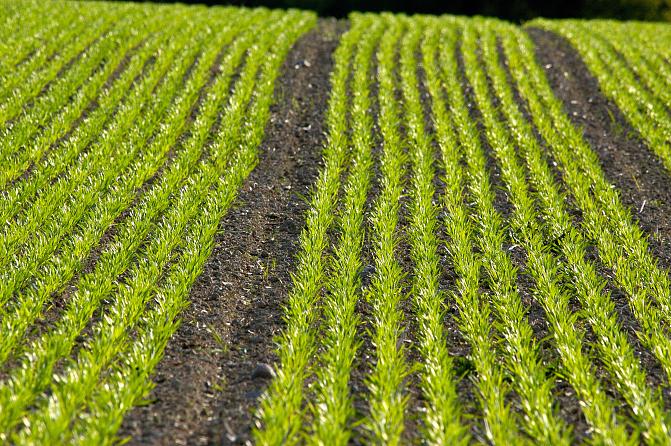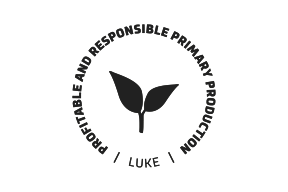Four ways Finnish farmers are adjusting to changing markets
Finnish agriculture has undergone a significant structural change during the last decades. The number of farms and agricultural labour force has decreased, and production has become mechanised, more efficient, and more concentrated both regionally and in terms of farms. All these trends still continue. There were more than 75,000 farms in Finland at the beginning of the 2000s, but today the number of active farms has dropped to under 45,000. By 2030, the figure is estimated to fall close to 35,000.
The structure of agriculture is largely determined by the decisions made by farmers. Each farm has individual needs, abilities, will and possibilities to respond to changes in the operating environment. At least four different ways of adjustment can be identified at the farm level: 1) increasing the farm size, 2) continuing the production as before, 3) product specialisation and 4) diversification. These are linked to core market questions: What is produced and for whom?
Fewer farms account for a larger share of farm production
Increasing the farm size, i.e. structural rationalization, has been the key strategy for Finnish farms in the adjustment to changing markets. The aim of increasing the size of the production unit is to raise efficiency so that revenues and profitability can be maintained at previous levels despite the decrease in producer prices or subsidies. The future level of Finnish agricultural production is largely dependent on these farms that aim at higher cost efficiency. Currently, a fifth of the largest farms, roughly 9,000 farms, already account for nearly 60% of the output of Finland’s agriculture.
However, some farms continue their activity as before. Farms with limited options are usually small, remote, owned by elderly farmers and without anyone who might take over. They do not have much debt, and thus they are able to continue their production for quite a long time. The possibilities for structural development, however, are weak, and the production is likely to end when need for new or replacement investments arises. In 2022, more than a fifth of all farmers were already aged over 65 years, and they held 11% of the utilised agricultural area.
Serving niche markets is a solution for some farmers
Some farms have found a niche in the markets for specialty produce and value-added products. The nature of niche marketing involves servicing a consumer group that has been previously underserved by the market. One option is to further process products on the farm which helps to gain a stronger foothold in the market. Another option is the conversion into certified organic production. Direct sales of agricultural products on farms also provide an opportunity for specialisation.
The quality specialisation of production can be developed in all production lines. In general, Finnish farms further process vegetables, root vegetables and berries, as well as meat and cereal products. In 2020, around 650 farms were engaged in further processing of agricultural products, accounting for 1.5% of all farms. The number of farms engaged in further processing decreased from 2016. In contrast, the number of farms engaged in organic production as well as in the direct sale of agricultural products has increased in the 2010s. In 2022, the total number of organic farms was 4,857, or 11% of all farms. More than 1,400 farms sold their products directly to consumers.
Farms also enable new business activities
In addition to specialisation and increasing the size of the farm, one option is to engage in other business activities besides agriculture and horticulture. In 2020, nearly a third (32%) of Finnish farms, or roughly 14,500 farms, have diversified their activity into other industries and forms of production.
The most common form of other business activities was agricultural contracting for external parties, with 6,600 farms being engaged in machine contracting. Other significant activities include tourism industry, riding and other equestrian services, transportation and care services. In recent years, the number of farms that generate renewable energy has also increased rapidly.
The local and regional business climate can have a significant impact on the emergence of new business.
The other business activities on farms are usually strongly linked to farming and its resources, i.e. the farm resources are in joint use for activities in several sectors. In other words, engaging in other business activities gives farms the opportunity to improve the use of resources and farm profitability. The permanence of new business activities has been very high on farms, even though the expansion of production is usually slow.
Naturally, the local and regional business climate can have a significant impact on the emergence of new business. During the start-up phase in particular, business funding, combined with training and expert help provided for farmers, plays a key role in generating new business activities.


